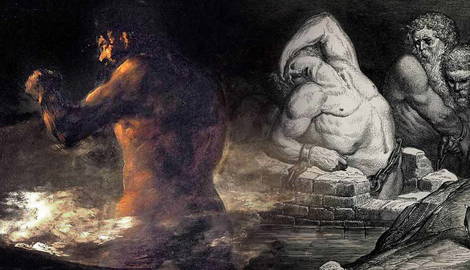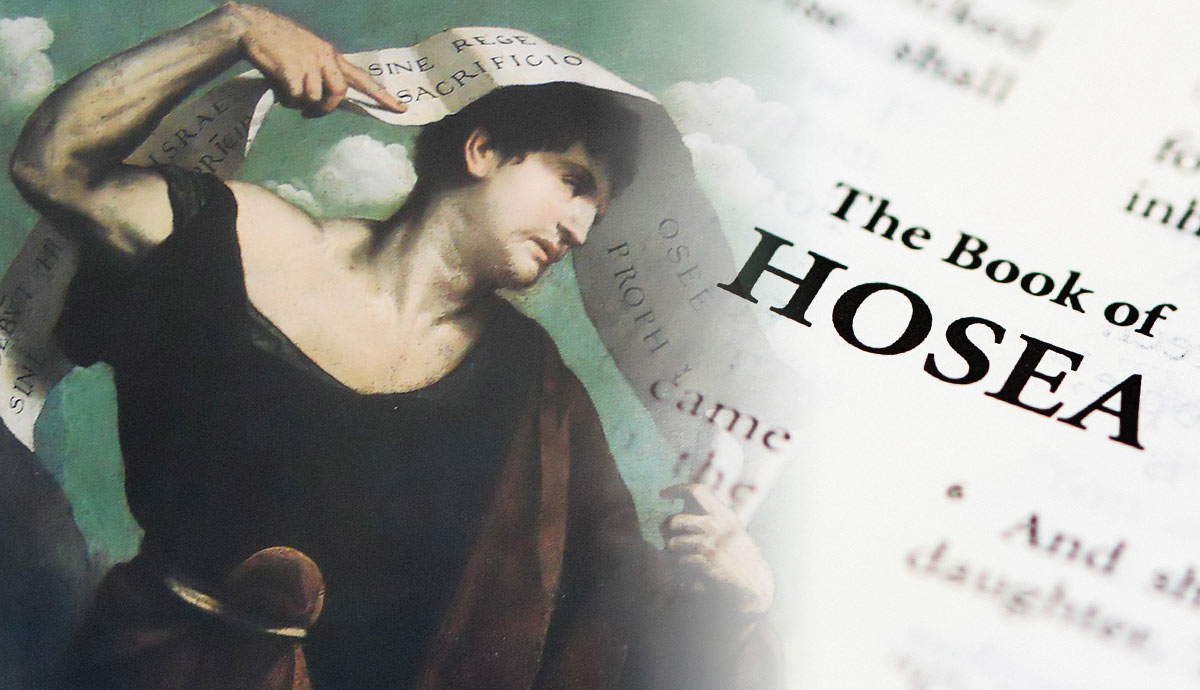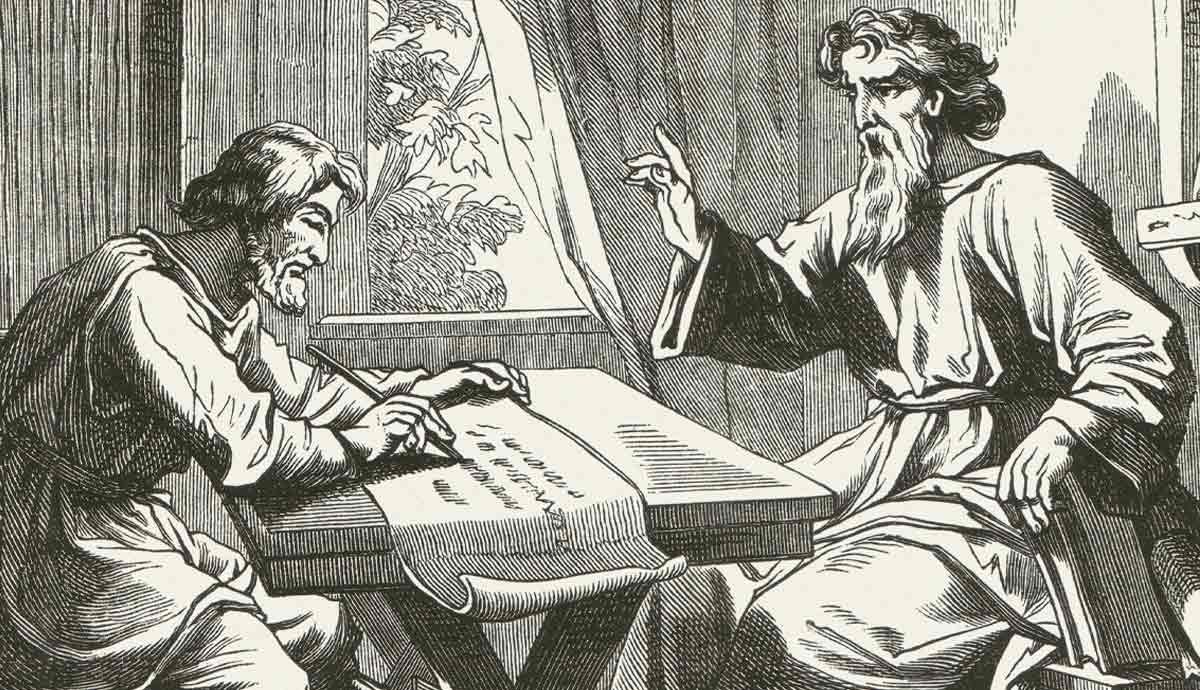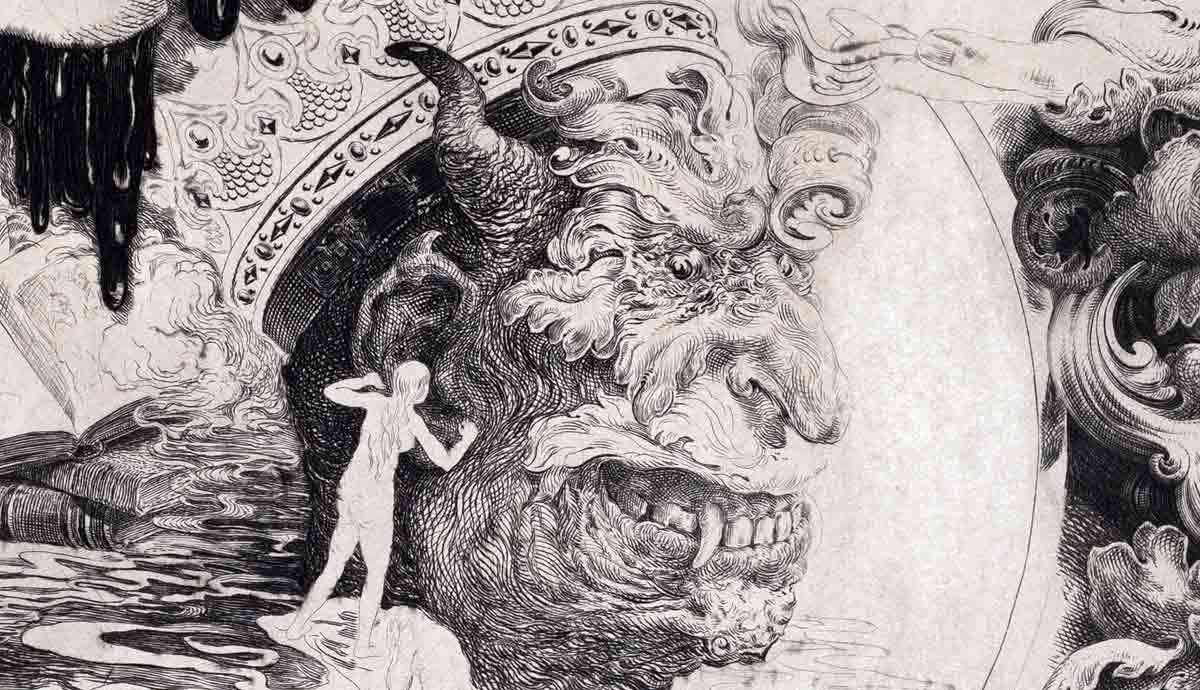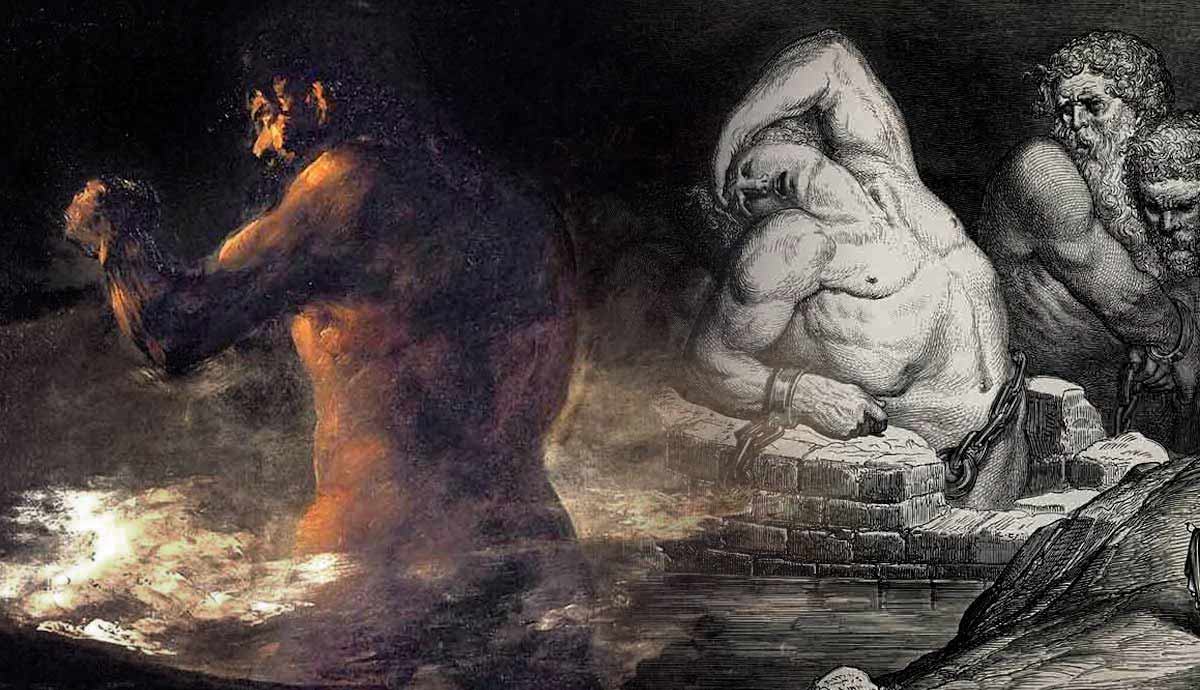
From ancient texts to modern fantasy stories, giants seem ingrained in the psyche of almost all cultures. The works portray these fantastical beings as villains and violent brutes. The giants in the Bible aligned themselves with the enemy without exception. Nowadays, “good” presumably misunderstood giants may feature in fictional stories but they tend to be few and far between.
The Giants in the Bible

The giants of the Bible feature in the text more often than most people may realize. The Bible mentions the existence of giants that roamed the earth before the flood (Genesis 6:4). Some believe the passage teaches that the giants were the result of angels that took human wives, resulting in giants being born to them. Genesis does not mention pre-flood giants again but giants again appear in the Bible after the flood.
In post-flood references to giants, it seems there were nations of giants, like the sons of Anak or Anakim, the Emims, and the Zamzummims (Numbers 33:13; Deuteronomy 2:10-11, 20). Later references mention the names of specific giants. Examples include Og, king of Bashan (Deuteronomy 3:11; Joshua 12:4, 13:12), Goliath (1 Samuel 17:4), Ishbibenob (2 Samuel 21:16), Saph (2 Samuel 21:18), and Lahmi, Goliath’s brother (1 Chronicles 20:5). The Bible mentions these giants because the heroes of Israel slay them and show God’s hand in their battles.

The sizes of these giants differed. Genesis does not tell us how tall the pre-flood giants were, but we have some indication of the size of the post-flood giants. Og’s bed was nine cubits long. A cubit is not an exact measurement. It is a forearm’s length, the distance from the elbow to the tip of the middle finger. A cubit is approximately 18 inches (44cm), but sometimes the ancients used a long cubit, which is 21 inches (52 cm). That means Og’s bed was between 13.3 feet (4.05m) and 15.72 feet (4.8m). Goliath was much smaller at six cubits tall, between 9 and 10.5 feet (2.7-3.2 m) (1 Samuel 17:4). The Bible mentions specific disfigurements which some giants had. They had six fingers on each hand and six toes on each foot, thus twenty-four in total.
The Giants of the Apocrypha

Unlike the giants of the Bible, the Apocrypha discuss them in much more detail. The Book of Enoch and the Book of Giants provide a back story of who the angels, or Watchers, were and that they married human women. It also provides some insight into what the giants were like.
The giants described in the Book of Enoch were enormous, standing about 450 feet (137.16m) tall. 1 Enoch paints the giants as violent, destructive beings that devoured humans when they could no longer provide food for them. They reportedly had intercourse with animals and even cannibalized each other. A civil war later broke out among the giants, reducing their numbers significantly. The book of Enoch suggests that one motivation for Noah’s flood was to destroy the giants.
According to the Book of Giants, God sent Leviathan to kill the giants and their spawn that survived the flood. Only the giant Ohyah survived and killed Leviathan. God then sent the archangel Raphael to kill Ohyah. Some of the deceased giants were not confined to a place of punishment but remained on earth as evil spirits.
The Giants of Mythology

Giants also feature prominently in classical mythological works of Greek and Norse origin. In Homer’s The Odyssey, the hero Odysseus encounters the Cyclops, and one-eyed giants such as Polyphemus. The Roman poet Virgil also mentions giants in his epic poem the Aeneid. The Norse giants were known as the Jotnar. They were powerful creatures often associated with chaos and destruction. Notable giants in Norse mythology include Ymir, the first giant, and the giantess Skadi.
In Greek mythology, the Gigantomachy was a fierce and bloody battle between the gods of Olympus and the Giants that lasted ten years. The Giants displayed incredible strength, posing a formidable threat to the gods. During this battle, some of the most significant clashes were between Zeus and the giant Enceladus, Athena and the giant Pallas, and Heracles, who engaged in combat with Alcyoneus. The giants could not defeat the Olympian gods with their superior power and divine weapons. The Olympians emerged victorious in the Gigantomachy.
The Giants of Western Literature: Legends and Fantasy

Arguably the most famous giant in Western culture is found in the poem Sir Gawain and the Green Knight of the Arthurian legend tradition. Hollywood even made the story into a motion picture titled The Green Knight. The Green Knight was an individual of great stature with a green complexion who appeared at King Arthur’s court to present a challenge to the knights. He offered that a knight could strike him with his own axe if, one year later, he could return the blow at the Green Chapel.
Gawain takes up the challenge and beheads him. However, the beheaded Green Knight promptly picked up his head and departed on horseback. A year later, Gawain starts searching for the Green Chapel and eventually finds it. The Green Knight was waiting and took three strikes at Gawain, only lightly grazing him on the last blow. Gawain acknowledged that he was wearing a magic girdle to protect himself and wore it afterward as a girdle of shame. This story does not present the giant as the typical brute like ancient literary works usually do.
Another Arthurian story has Arthur fighting a giant he encountered on Mount Saint Michael in Brittany. A 14th-century poem tells the story of a giant that harassed the people of Brittany. Arthur intervened, slaying the giant with his prowess.

Dante’s Inferno, a 14th-century work, features giants such as Nimrod, Ephialtes, Briareus, Tityos, and Typhon. He seems to draw from biblical and mythological concepts of giants and depicts them as rebellious villains.
Milton’s Paradise Lost also features a giant. This time, the giant is a manifestation of Satan, and Lancelot Speed depicts him as eating human flesh in his illustration, which is featured in some copies of Milton’s work. This depiction is consistent with what the Apocrypha had to say about giants devouring humans and may have influenced this depiction.

Gulliver’s Travels, written in 1726, features the character Lemuel Gulliver encountering various races of giants during his voyages. To the people of Lilliput, Gulliver is a giant. He is captured, examined, and confined and has to serve them to secure his freedom. In this part of the story, the tiny people seem like villains.
Later in the story, Gulliver encounters the giants of Brobdingnag, who are immense beings compared to Gulliver. The giants treat Gulliver with curiosity, and the Royal Family is very hospitable towards him. The dangers he faces are not intentional but due to his small size. The giants are not brutes, though they repel Gulliver because of their size which makes their flaws very evident to him.

The well-known story, Jack and the Beanstalk, is arguably the most famous fantasy story of a giant. In this story, the giant is presented as fierce and terrifying, and Jack flees for his life. Though there are several versions of the story, Jack is the victor in the end, with the giant falling from the beanstalk and Jack escaping with the item(s) he took from the giant.
Giants in History

In recent centuries several claims have been made about the recovered remains of giants. Many of these are known hoaxes, such as the Cardiff Giant. Others leave the curious mind with questions. Could there have been giants roaming the earth? Could the references to giants across many cultures be evidence that giants did exist sometime in the past? Could the giants of the Bible have been genuine?
One noteworthy historical find was made in 1876 when a miner unearthed the fossilized remains of a giant of about 11,97 feet (3.65m) in Ireland. The corpse had six toes on its right foot. Museums exhibited it in Dublin, Liverpool, and Manchester, and a picture and article were featured in the December 1895 issue of the British Strand Magazine. It caused quite an uproar since it seemed to validate the stories of giants in the Bible. The giant’s remains, however, disappeared soon afterward and so it was never shown to be a hoax. It is hard to imagine how such a large, significant, and noteworthy find could go missing. Conspiracy theories abound.
Giants in the Bible and Myth: In Conclusion

Today, most people regard giants as fairytale creatures from myths and legends. The matter demands serious consideration from people of faith because there are many references to giants in the Bible. Ancient mythological literature depicted giants as violent and vicious brutes, which aligns with the notions of them in the Bible and the Apocrypha. More recent depictions in works of Western literature tend to be a mixed bag. Unless and until scientists can verify the authenticity of giant remains, skepticism will remain high. It would be interesting to see how science would deal with such a find if it ever occurs since it would verify that the giants of the Bible may have existed.
